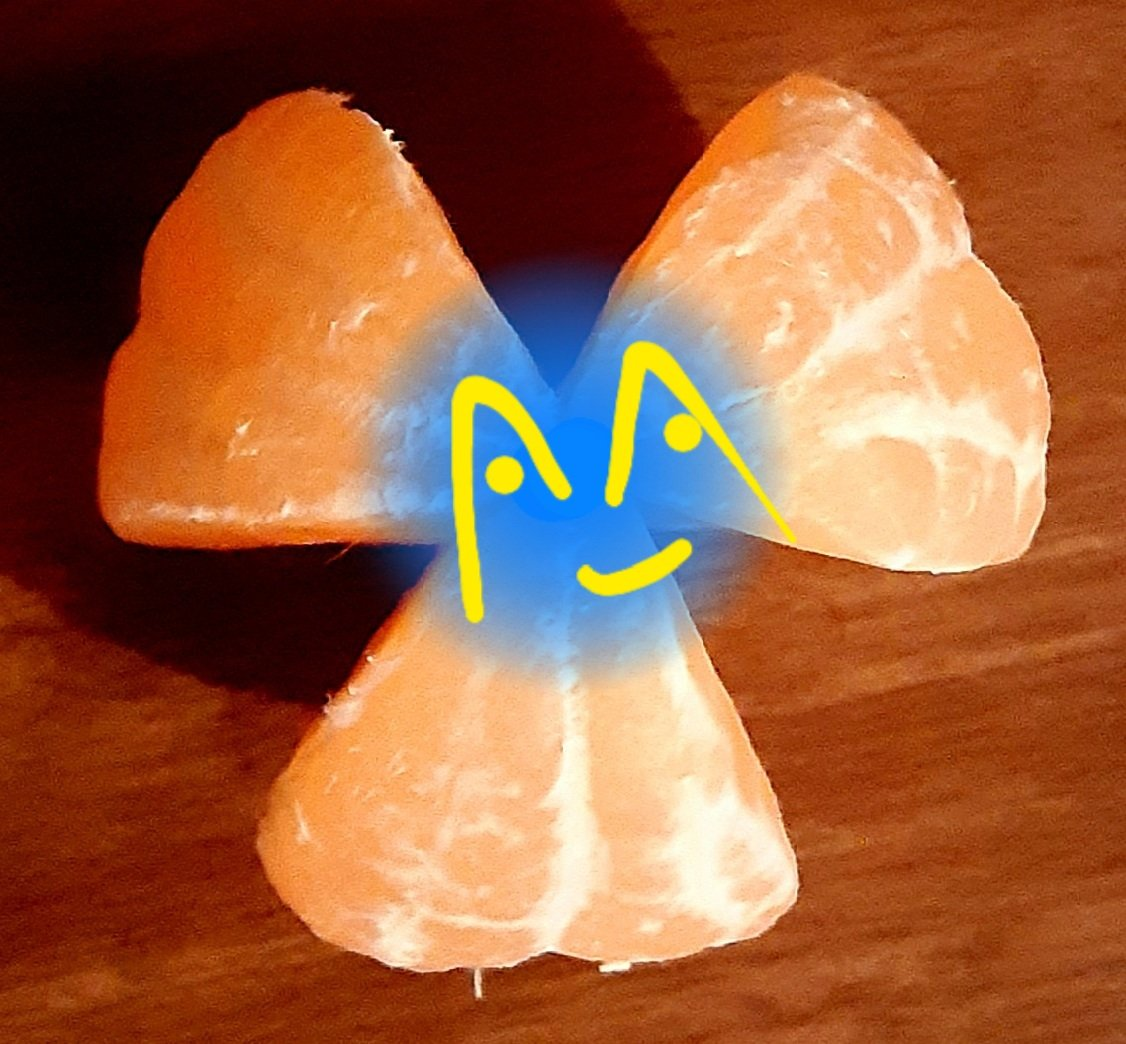The researchers also say that current fire-resisting gels dry out and become useless about 45 minutes after being applied. With their new material however, because the silica aerogel stays behind until it is washed away, the coating could be applied well in advance of an approaching wildfire while still providing protection when the flames arrive
Appel also points out that his gels are environmentally friendly, and composed only of materials that are already approved for use by the US Forestry Service. When eventually washed off, the aerogel is handily broken down by soil microbes.
What a neat discovery. It’s something you can potentially spray on things to protect them and it just washes. I’m guessing it’s harder to manage once it gets cooked so to speak.
When eventually washed off, the aerogel is handily broken down by soil microbes.
I am not going to claim to be an expert on any of this BUT that wording sounds suspiciously like bullshit. Maybe it’s not, but it’s one of those phrases that sounds like when vitamin companies claim that more B12 has shown to fix whatever ails you. Or “our plastic is environmentally friendly: 100% recyclable, and breaks down into teeny micro-particles over time, and gets absorbed by the sea life like ordinary sand…”
I am also definitely not coming into this with any expertise, but reading the linked paper about it looks at least somewhat promising to me. The ingredients are silica (sand) and a couple of cellulose derivatives (cellulose being what plants are mostly made of)
Yes exactly:
the cellulose polymers in these systems are plant-derived, biocompatible, and biodegradable
Anyone else read that as „morphine spray-on gel…“?
… … … … crickets … … … 😄
I suspect that it works better when it is applied after saying “It’s morphin’ time!”.
Silica gel is extremely expensive, so, if you have this much money, install a pole with a big sprinkler on top outside.
I’m concerned that this would require a continuous supply of water at a flow rate that might not be realistic.
Water flow is only required when the fire (wildfire) is near
I’ve got a fire suppression system. An agricultural sprinkler on each of the two roof peaks, fed by a pump from storage tanks. We’re off-grid (no mains) and already have the storage tanks - 2 x 22500litre/5000 gallons. With full tanks, the sprinklers should operate for ~7 hours, which is way more than necessary - three to four hours would be enough. The sprinklers “throw” interlocking circles of water, they intersect over the roof and saturate all the ground and foliage out to about 15 metres/50 feet. Water falling on the roof goes back into the tanks. The pump is electric, but being off-grd, we’ve got big batteries and a backup generator, so I’m confident the pump would run long enough for the fire to pass.
That sounds like some very cool engineering. I hope it sees as little use as possible, but I’m glad you’re prepared.





